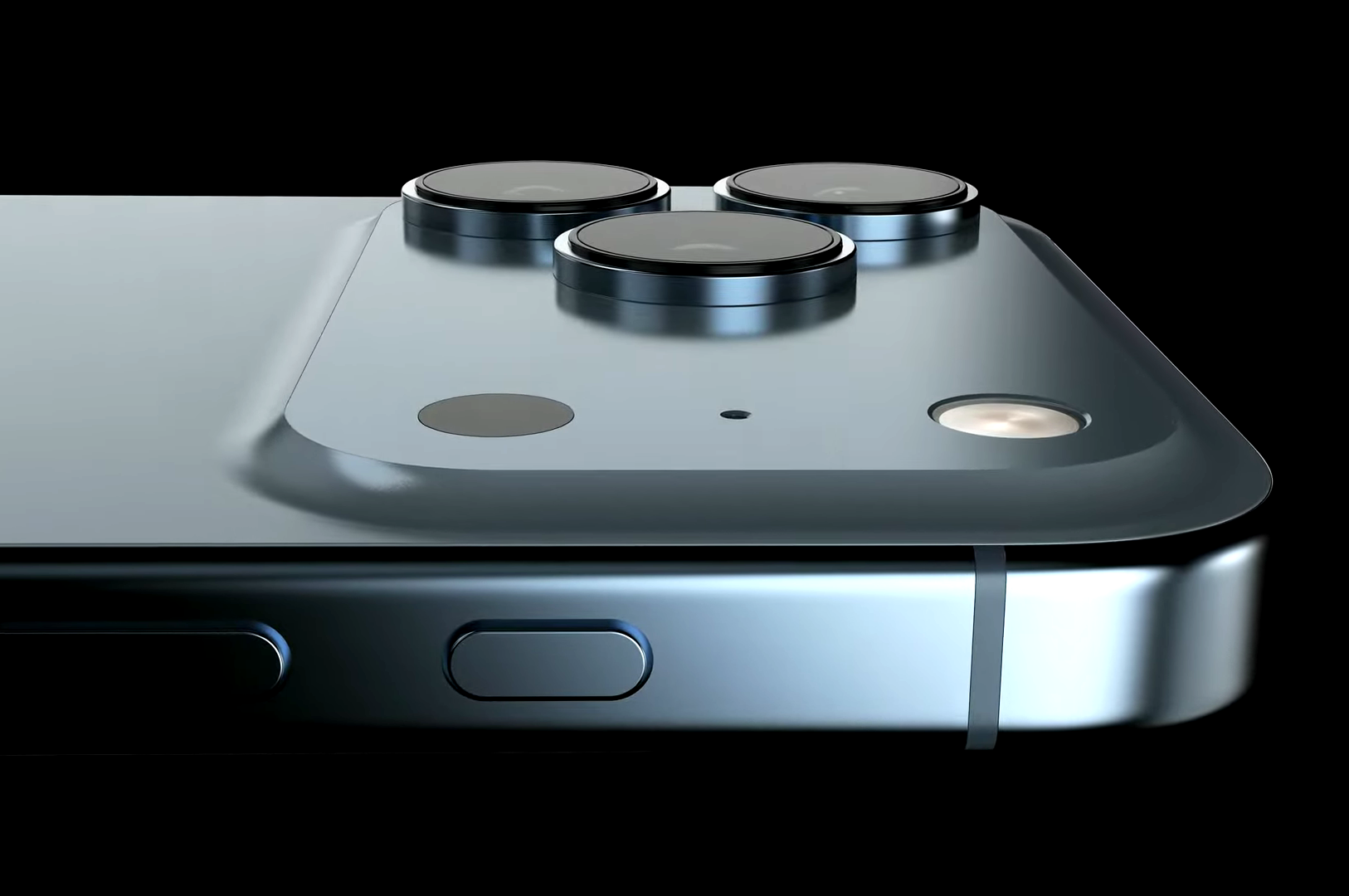The upcoming iPhone 17 lineup is rumored to bring major upgrades to its cameras, particularly on the iPhone 17 Pro and iPhone 17 Pro Max, in both hardware and software.

Concept image of iPhone 17 Pro: Technizo Concept
Expected to launch this fall, the iPhone 17 series once again puts the camera at the center of attention.
While the standard iPhone 17 and the new iPhone 17 Air (which replaces the Plus model) may retain the familiar rear camera layout, they still come with a few valuable improvements.
On the other hand, the iPhone 17 Pro and 17 Pro Max are anticipated to feature more advanced hardware and photography capabilities, including a new sensor and support for 8K video recording.
iPhone 17 camera: 48MP main, 12MP ultra-wide, 24MP selfie
Don’t expect drastic changes in the rear cameras of the iPhone 17 and 17 Air. These models will likely keep the dual-camera setup from the iPhone 16: a 48MP main camera and a 12MP ultra-wide camera.
The biggest improvement may come from the front-facing camera. Apple is expected to upgrade the selfie sensor to 24MP with a 6-element plastic lens. This is a major jump from the current 12MP camera and marks the first hardware update to the front camera since the iPhone 11 in 2019.
This upgrade means sharper selfies, easier cropping and editing, and better performance in low-light conditions.
As with the iPhone 16, the iPhone 17 series will retain a vertically aligned rear camera system to support spatial video recording, designed for viewing with the Vision Pro headset.
iPhone 17 Pro and Pro Max: Triple 48MP cameras and 8K video?
The iPhone 17 Pro and iPhone 17 Pro Max are rumored to feature a new 48MP telephoto lens (up from 12MP on the iPhone 16 Pro) with reduced optical zoom from 5x to 3.5x. However, digital zoom may reach up to 7x without a significant loss in detail. These will be paired with a 48MP main camera and a 48MP ultra-wide lens.
Reducing optical zoom from 5x to 3.5x may be controversial, particularly for professional users like photographers who rely on higher optical zoom for distant shots.
The rear camera design is also expected to undergo a significant change. The camera array will transition to a horizontal bar spanning the back of the phone, with a triangular three-lens layout on the left, and the flash, microphone, and LiDAR sensor on the right.
In addition, Apple is reportedly exploring the possibility of simultaneous front and rear camera recording — a feature already available on many Android devices that could be particularly useful for vloggers and content creators.
Another long-anticipated feature could finally make its debut: 8K video recording. Though this was absent from the iPhone 16 Pro lineup, it has resurfaced in 2025 leaks. If true, this would mark Apple’s first foray into ultra-high-resolution video capture.
Naturally, the new 24MP front camera will also be included on the Pro models.
Additional camera features: ALD coating and software improvements
Another rumored tweak is the introduction of ALD (Atomic Layer Deposition) coating on all cameras. This advanced coating helps reduce glare and lens flares, particularly in night photography or high-contrast lighting.
Apple is expected to expand its Apple Intelligence suite, which includes AI-powered camera features like automatic photo editing, content summarization, and improved Siri capabilities to handle camera-related tasks (such as automatically capturing and sending photos).
These upgrades will be supported by the A19 chip on the iPhone 17 and 17 Air, and the A19 Pro chip on the 17 Pro and Pro Max. RAM is also expected to increase to 8GB for the base models and 12GB for the Pro models.
Coupled with iOS 19 software enhancements, the iPhone 17’s camera system promises to deliver faster response times and more stable performance.
That said, rumors about the glare-reducing ALD coating have circulated before without materializing, so skepticism remains until Apple provides official confirmation.
iPhone 17 camera and previous models’ test scores: What to expect
Apple cameras have traditionally scored well in camera tests by PhoneArena, though recent generations have occasionally fallen behind some Samsung models in image quality.
With the new 48MP telephoto lens, Apple may close this gap by offering more detailed images, complementing the 48MP upgrades already present in the main and ultra-wide cameras.
8K video will likely appeal to professional content creators. While it may be a major talking point at launch, it’s unlikely to become a frequently used feature for everyday users.
In summary
The iPhone 17 series introduces notable camera upgrades, particularly the 24MP front camera available on all models and the triple 48MP setup on the iPhone 17 Pro and Pro Max, along with 8K video support.
The new camera bar design offers a modern aesthetic but may present some practical challenges. The iPhone 17 Air is limited by its single rear camera, and the standard iPhone 17 lacks meaningful hardware changes, potentially opening Apple to continued criticism as competitors like Huawei, Xiaomi, and Samsung push ahead.
Ultimately, while the iPhone 17 camera system shows promise, real-world testing will be key to assessing its true performance.
Hai Phong (PhoneArena, 9to5Mac)